Lot 29
MEMENTO MORI
Around 1800
Oil on wood
57,5 x 76 cm (h x w)
| 692 €
| 1 000 €
The allegorical motif of Memento mori goes through human history like a thin thread of the norns foreshadowing destiny. While today the motif of death is shrouded in a certain dose of tactful and timid secrecy, in the history of mankind, death has often been embodied in arts and religion as a warning reminder of human mortality. The motif in the history of the Church has the mission of moderating human pride and strengthening personal consideration over one's own deeds. The text in the picture says: "Plough this field with ox and horse, you also belong to my herd." Skeletons with slightly jovial to even dance gestures push the plowman as if trying to speed up his movement in place and time. The subgenre of Memento Mori is also Danse Macabre, or the "dance of death", which appeared as a genre in the High Middle Ages and its popularity increased significantly during the Renaissance. King, pope, peasants and the children without distinction, all were accompanied by dancing figure of death to the tomb, sometimes it was also playing them musical instruments. In many epochs of history, death has become an obsessive motive for higher and relentless justice. The motto permeates the entire Baroque epoch: "Vanitas vanitatum et omnia vanitas" - or "Vanity over vanity, everything is vanity." After this saying, this whole impressive genre was named.
More works from auction
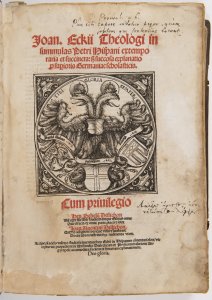
Lot 1 COMMENTARIES ON ARISTOTLE
Starting price38 000 CZK | 1 462 €
Sold
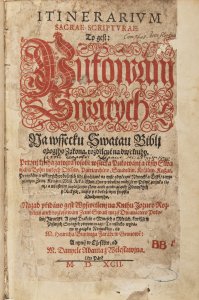
Lot 2 PILGRIMAGE OF THE SAINTS
Starting price45 000 CZK | 1 731 €
Price realized
110 000 CZK | 4 231 €
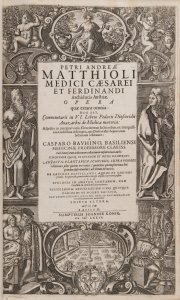
Lot 3 DE MEDICA MATERIA WITH COMMENTARIES
Starting price45 000 CZK | 1 731 €
Sold
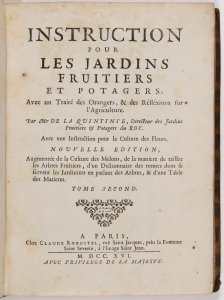
Lot 4 GARDENER'S HANDBOOK
Starting price15 000 CZK | 577 €
Price realized
19 000 CZK | 731 €
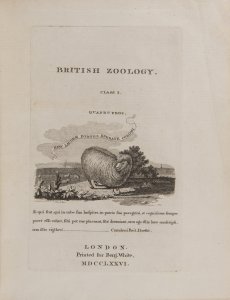
Lot 5 BRITISH ZOOLOGY
Starting price15 000 CZK | 577 €
Price realized
55 000 CZK | 2 115 €
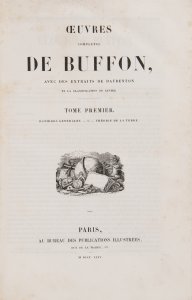
Lot 6 OEUVRES COMPLETES. AVEC DE EXTRAITS DE DAUBENTON.
Starting price15 000 CZK | 577 €
Price realized
60 000 CZK | 2 308 €
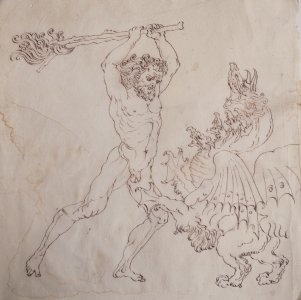
Lot 7 HERCULES AND THE HYDRA
Starting price17 000 CZK | 654 €
Price realized
20 000 CZK | 769 €
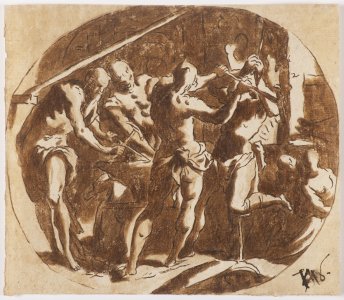
Lot 8 IN HEPHAISTOS' WORKSHOP
Starting price15 000 CZK | 577 €
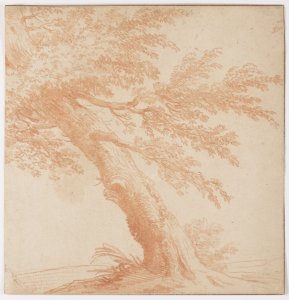
Lot 9 TREE
Starting price18 000 CZK | 692 €
Price realized
18 000 CZK | 692 €
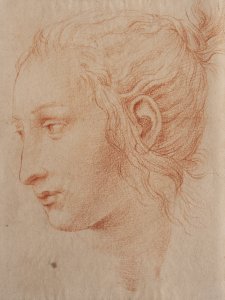
Lot 10 PORTRAIT OF A WOMAN
Starting price15 000 CZK | 577 €
Price realized
26 000 CZK | 1 000 €
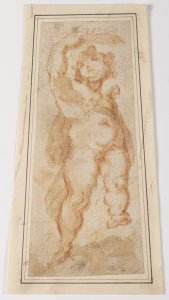
Lot 11 PUTTO
Starting price30 000 CZK | 1 154 €
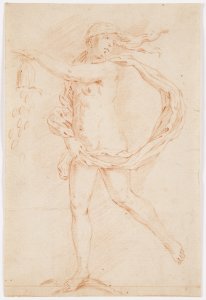
Lot 12 FORTUNA
Starting price25 000 CZK | 962 €
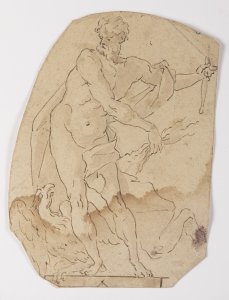
Lot 13 ZEUS
Starting price25 000 CZK | 962 €
Price realized
25 000 CZK | 962 €
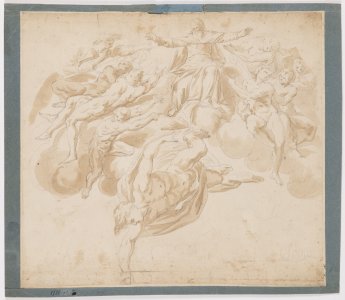
Lot 14 GOD CREATING ANGELS
Starting price20 000 CZK | 769 €
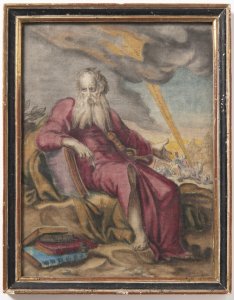
Lot 15 SAINT PETER
Starting price20 000 CZK | 769 €
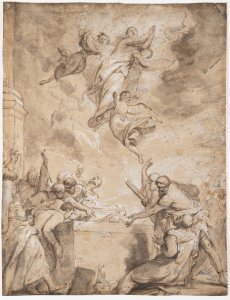
Lot 16 MARTYRDOM OF SAINT CATHERINE
Starting price35 000 CZK | 1 346 €
Sold
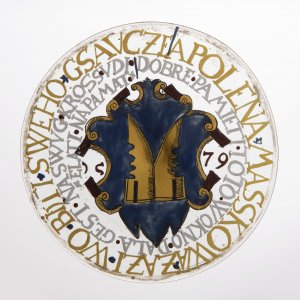
Lot 17 VITRAIL LENS
Starting price8 000 CZK | 308 €

Lot 18 RELIEF TILE
Starting price28 000 CZK | 1 077 €

Lot 19 SILVER BELT
Starting price90 000 CZK | 3 462 €
Price realized
190 000 CZK | 7 308 €

Lot 20 GIRLS WELCOMING DAVID WITH THE HEAD OF GOLIATH
Starting price280 000 CZK | 10 769 €

Lot 21 SKATING ON A FROZEN RIVER
Starting price25 000 CZK | 962 €
Price realized
33 000 CZK | 1 269 €

Lot 22 DRUNKEN LOT
Starting price140 000 CZK | 5 385 €

Lot 23 JUDITH WITH A HEAD OF HOLOFERNES
Starting price290 000 CZK | 11 154 €

Lot 24 LUCRETIA
Starting price290 000 CZK | 11 154 €



